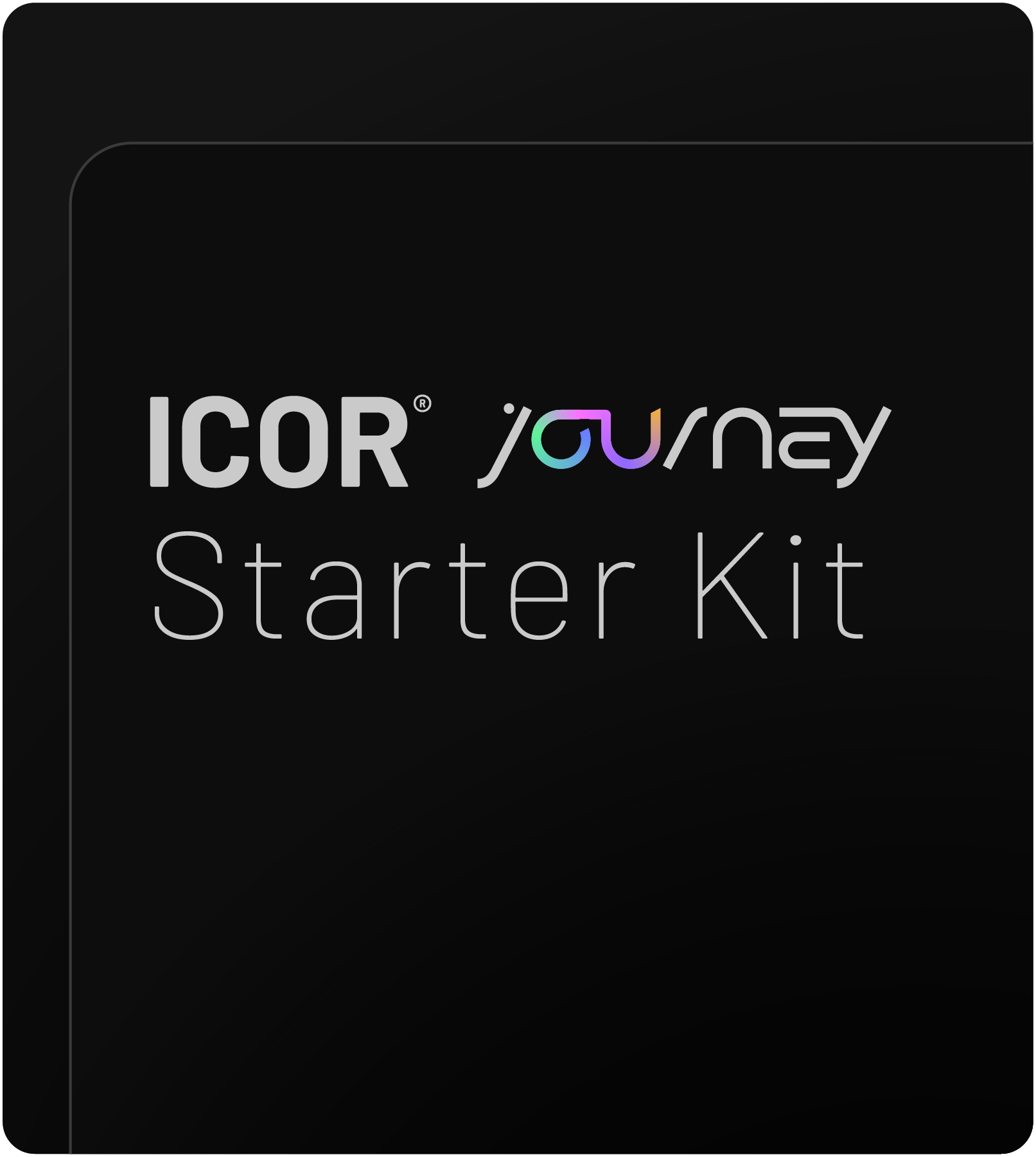In this Productivity like a Proith Tanay Kothari, CEO and Co-Founder of Wispr Flow, to explore how this innovative tool is transforming how Busy Professionals interact with their digital workflows. Far beyond a standard dictation app, Wispr Flow aims to eliminate the grunt work of typing and managing communication—freeing users to focus on deep, meaningful tasks.
Wispr Flow: More Than Just Dictation
Tom Solid opens the discussion by addressing a common misconception—calling Wispr Flow a “dictation tool” doesn’t do it justice. It’s a context-aware writing assistant designed to enhance productivity through intelligent voice input. Unlike traditional transcription tools, Wispr Flow not only transcribes but also cleans up speech, adapts to your writing style, and learns from corrections to improve over time.
Tanay Kothari shares his long-term vision for human-computer interaction, rooted in a desire to build seamless, effort-free digital experiences. His goal: to reduce the time people spend on repetitive, low-value tasks like writing emails or notes, and instead, allow users to reclaim that time for deep work and creative thinking.
Who Wispr Flow Is Really For
A key theme of the episode is identifying who benefits most from voice-powered tools. While some professionals prefer to think through writing—like Tom’s co-founder, Paco Cantero—others think best by speaking. Wispr Flow is ideal for Busy Professionals who face overloaded inboxes, endless messages, or complex prompting workflows for AI tools. It enables users to get their thoughts out quickly and polish later.
The conversation also draws parallels to how handwriting apps like reMarkable gained popularity by offering a more natural thinking process for certain users. Similarly, Wispr Flow empowers users to work in the way that feels most intuitive—by speaking.
Staying Focused and Reliable
Rather than chasing flashy features, Wispr Flow is deliberately focused. Tanay emphasizes building tools that are highly reliable and solve frequent, time-consuming problems—like email replies and documentation. Wispr Flow learns from user behavior across platforms and uses this context to offer better, more personalized output. It even works directly within any text box across your system, thanks to its desktop and mobile integrations.
Tom praises this focus, contrasting it with other productivity tools that suffer from feature bloat or try to become all-in-one platforms too quickly—often leading to user frustration and tool abandonment.
Voice-First OS and the Future of AI Interfaces
Looking ahead, Tanay teases the idea of a voice-first operating system—one that doesn’t replace clicking entirely, but allows voice to become the primary interface where it makes sense. The key, he says, is not just doing tasks faster, but making the work feel effortless.
Wispr Flow already enables this shift with tools like its iOS keyboard, which lets users speak softly—even whisper—and still get clean, structured output. It’s especially useful for mobile professionals who want to stay productive on the go.
A Tool That Helps You Think Faster
A major insight shared in the episode is how tools like Wispr Flow help users think faster, not just write faster. Most people speak far more quickly than they type, which opens the door to faster ideation and reduced mental friction. However, Tom rightly points out that speed alone isn’t everything—users still need systems like Personal Knowledge Management or Business Knowledge Management to store and process what’s captured.
Wispr Flow fits best as a utility application—helping you get ideas out, respond to tasks quickly, and then transfer what matters into your structured systems.
Want to Work Smarter with Tools Like Wispr Flow?
If you’re ready to take control of your digital workflows and master tools like Wispr Flow, explore the Paperless Movement® Membership. You’ll gain access to complete, end-to-end productivity training including Note-Taking, Personal Knowledge Management, Task Management, and Project Management—specifically designed for Busy Professionals.




